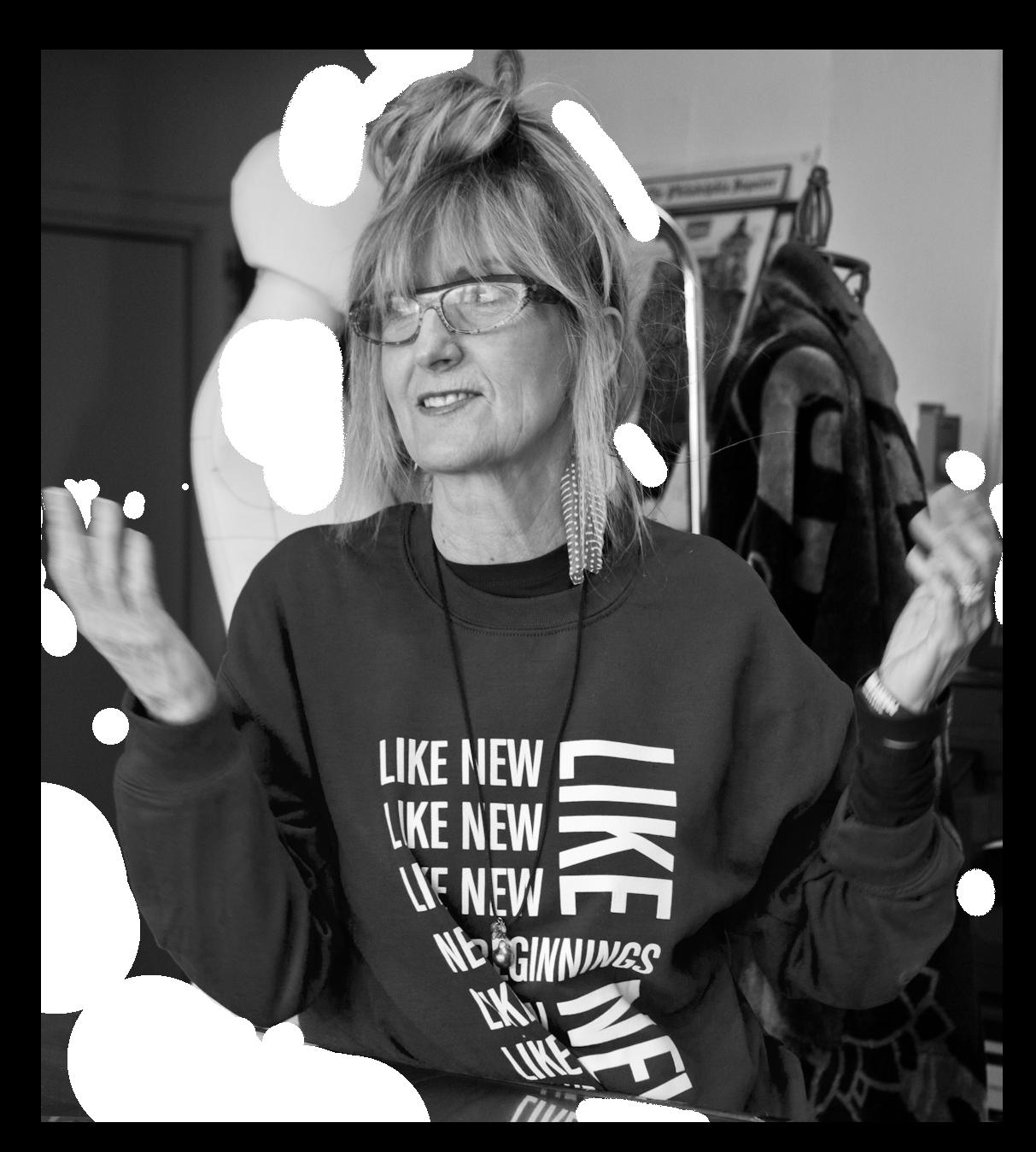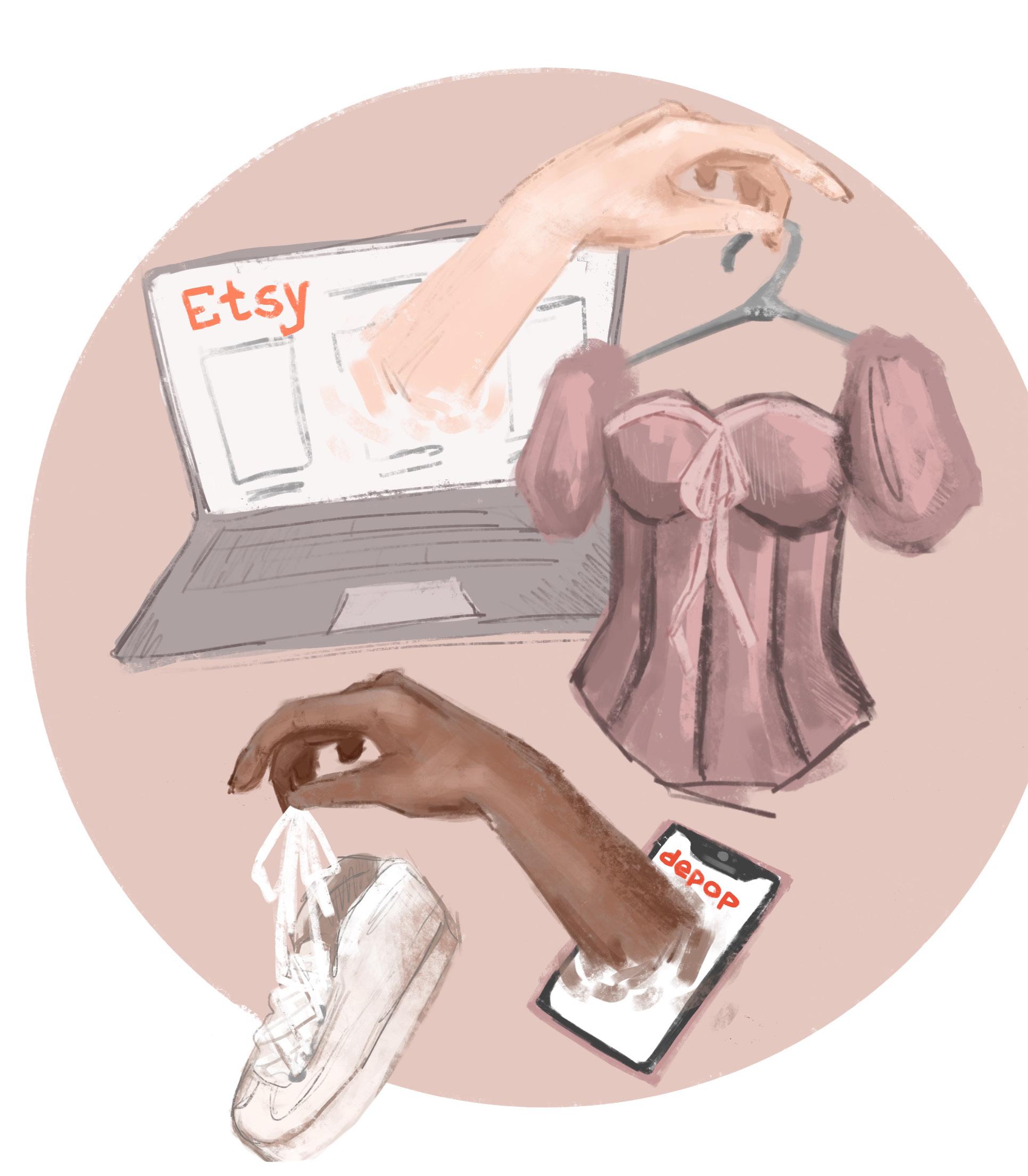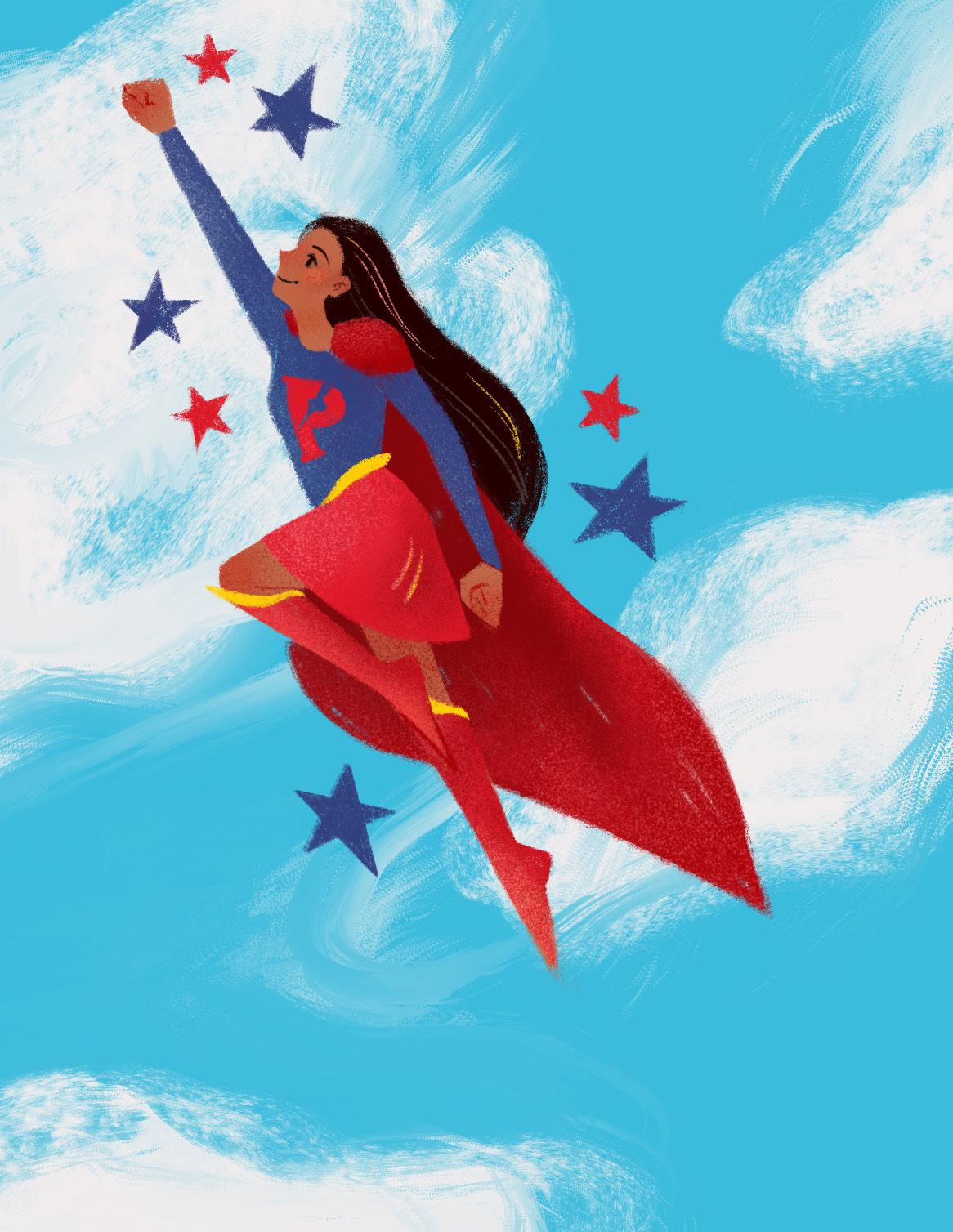
5 minute read
Twitter to the People
from The WALK Spring 2020
by The WALK
While most of the world remains stuck to their couch, online activism has been bringing waves of change to a new generation.
“I get most of my news through Twitter,” Naomi (C’20) proudly proclaims. Though some may cringe at the thought, Naomi is far from alone. About two-thirds of American adults get at least some of their news through social media, and one-fifth get these updates from social media “often.” Among college students, the percentages are even higher: a staggering seventy-two percent of college students get their daily news from social media. Many young student activists have capitalized on the democratization of our media to share their voices on issues that matter to them. Especially recently, social media and activism have become inexorably intertwined, as students use functions such as ‘story’ on Instagram to raise awareness and encourage action.
Advertisement
There is no doubt that the advent of the internet, and more significantly, social media, has dramatically altered the news media landscape from the print and television days. For decades, television and print news dominated the nation’s media cycles, forcing most Americans to consume media from the same sources. The higher barrier to entry of television and print news meant that so-called, “outsiders” had a difficult time entering this realm. This fact has historically complicated social movements, as grassroots organizing can be difficult if a news source doesn’t report on a social movement. Notably, during the Civil Rights Movement of the 1960s, civil rights organizers brought the media to photograph the extreme instances of police brutality. Even then, local Birmingham newspapers refused to document the violent suppression of the civil rights protests, despite the fact that the brutality occured only steps from the newspaper’s front doors, and that these civil rights protests were front-page news in national newspapers. Blackowned newspapers also played a pivotal role in civil rights, risking their personal safety to support community organizing and share the truth of the brutality that ruled in their cities.
However, since then, the emergence of social media has allowed for a very different type of organizing. Modern movements no longer require a single iconic leader to rally the people. Rather, a bottom-up movement has emerged. In an interview with ‘The Atlantic’, DeRay Mckesson, a leading organizer against police brutality, emphasized the focus on community in online activism. While social media activism can be portrayed as useless outrage, Mckesson argues that social media allows for people, rather than a single figure, to become the voice of the struggle. While he admits the difficulties that come with policymaking involved in online activism— such as the decentralization of social media activism hindering the action of setting specific goals and enacting policy— Mckesson emphasizes how individual people can “come together around things they believe are unjust”, and “build a community around addressing these issues.” The flat hierarchy of social media allows various perspectives to be heard, and real change can occur on the heels of building a strong community. The very nature of social media platforms, composed primarily of videos lasting less than a minute or tweets shorter than one hundred forty characters, often requires humor and creativity to capture their audiences. Dan Savage, a twitter activist, champions progressive policies on LGBTQIA rights in witty sardonic tweets perfect for one hundred forty characters. Similarly, Gabe Ortiz, a prominent immigrants’ rights activist, mixes humor with activism to keep his audience engaged. That said, social media activism, in order to enable real-life change, requires a call to action. Whether that be calling upon fellow social media users to educate themselves, donate, or contact their elected officials, the short, punchy format of these platforms is well suited to produce these calls to action. Social media, thus, becomes the stepping stone to reaching a broad audience with a clearly articulated need.
More specifically, Tik Tok— a short video-sharing social media platform— has skyrocketed in popularity for its dance and humor videos, but recently has garnered attention for its ability to address social issues. From political commentary to climate change, teens are taking to the app to share about the problems affecting them. While it is largely dominated by comedy and dance videos, many young people turn to the app for activism because the light heartened nature allows them to be activists without the full weight that comes with activism on other platforms. For example, TikTok users recently have turned to changing their profile pictures to a black fist in order to show their support for the Black Lives Matter movement. This activism comes in spite of accusations of TikTok promoting white content creators over their black counterparts in their sorting algorithm. Raishia Doumbia, a twenty-year-old with almost seventy thousand TikTok followers, emphasized the focus of this movement to combat the anti-blackness propagated by the app’s programming. She gained most of her followers after posting about racial injustice in light of the George Floyd protests.
Lowering the entry barrier to activism has changed the playing field entirely. No longer do people need to fully commit to a singular activist lifestyle. Rather, this democratization of the media has upset dominant power structures. Instead of relying on key media leaders to be the voices of activism in this generation, each one of us is empowered through social media to champion for the causes important to us. Furthermore, this new landscape means young people are exposed to political causes much earlier. Gone are the days of politics being an abstract, inaccessible concept. Politics and policies govern all of our day-to-day lives, and your ability to influence them comes right from your fingertips. In recent weeks, the death of George Floyd as a result of police brutality led to a flooding of social media with calls of ‘#BlackLivesMatter’ as well as concrete ways for audiences to enact change from books to donations. These posts produced tangible results--the Minnesota Freedom Fund, one of the most promoted organizations for donation, raised $20 million dollars in four days.
Given the social distancing protocols in place all over the country, online activism has emerged as an increasingly attractive option for those seeking to effect change from the comfort of their home. From empowering individuals to fight for the issues close to their heart, to serving as a more inclusive media platform, social media activism allows for the proliferation of diverse motivations and opinions and readily accessible calls to action. So, next time you log into Tik Tok, instead of adding another ‘Renegade’ dance to your drafts, consider speaking up on wealth inequality.
BY ALEX NICHOLS E’20. ILLUSTRATION BY NAOMI BORUCHOWICZ C’23.








